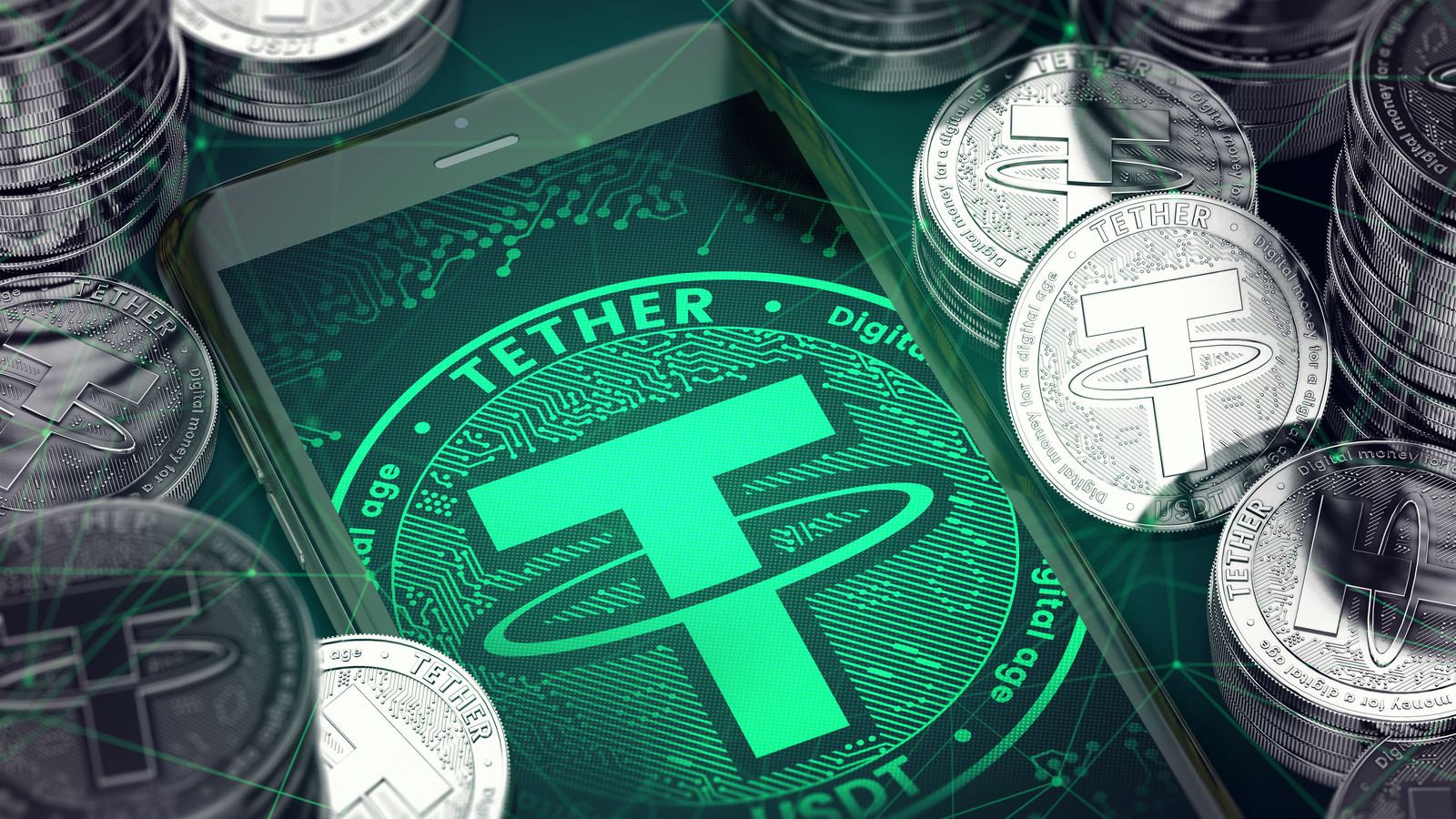
The Foundary Of USDT
USDT, also known as Tether, operates on various blockchain platforms, including Bitcoin, Ethereum, and Tron. It is an example of a fiat-collateralized stablecoin, where each USDT token is backed by an equivalent amount of US dollars held in reserves by Tether Limited, the company behind USDT. This backing is intended to ensure that the value of USDT remains stable and close to the value of the US dollar.
The primary purpose of USDT is to provide stability and liquidity within the cryptocurrency ecosystem. By pegging its value to the US dollar, USDT aims to minimize the price volatility commonly associated with other cryptocurrencies like Bitcoin or Ethereum. This stability makes USDT a useful tool for traders and investors who want to hedge against market volatility or quickly move funds between different cryptocurrencies without needing to convert to fiat currencies.
One of the main use cases of USDT is as a trading pair on cryptocurrency exchanges. Many exchanges offer USDT as an alternative to traditional fiat currencies, enabling users to trade cryptocurrencies against a stable value. This is particularly important in jurisdictions where access to banking services or fiat currency trading pairs is limited. USDT provides an alternative means for traders to engage in cryptocurrency markets without relying on traditional banking systems.
USDT also serves as a medium of exchange and a store of value. With its stability and wide acceptance, individuals and businesses can use USDT for everyday transactions, such as online purchases, remittances, and cross-border transactions. Its digital nature allows for quick and efficient transfers, making it a convenient option for users seeking fast and low-cost transactions compared to traditional payment systems.
However, USDT has faced several controversies and criticisms. One major concern is the transparency and adequacy of its reserves. Tether Limited, the company behind USDT, has faced scrutiny over its claims of holding sufficient US dollar reserves to back the tokens in circulation. Critics argue that there is limited public auditing or regulatory oversight to verify these claims, raising questions about the stability and reliability of USDT.
Additionally, there have been allegations of market manipulation and concerns about the potential impact of USDT on the broader cryptocurrency market. Some argue that the creation and issuance of USDT have been used to artificially inflate the prices of cryptocurrencies, including Bitcoin, during bull markets. These concerns have led to investigations by regulatory authorities, further highlighting the need for transparency and regulatory oversight in the stablecoin market.
Looking ahead, the future of USDT will depend on its ability to address the controversies and challenges it faces. Increased transparency, regular audits, and regulatory compliance could help build trust and confidence in the stability and backing of USDT. Moreover, the ongoing development of central bank digital currencies (CBDCs) and the emergence of alternative stablecoins may pose competition to USDT and other stablecoins in the market.
In conclusion, USDT (Tether) has become a prominent stablecoin in the cryptocurrency industry, offering stability and liquidity within a volatile market. Its peg to the US dollar provides a means of mitigating price volatility and facilitates trading, remittances, and transactions in the crypto space. However, concerns regarding transparency, reserves, and market manipulation have raised questions about its long-term viability and regulatory compliance. The future of USDT will depend on its ability to address these challenges, maintain transparency, and adapt to the evolving regulatory landscape in order to remain a trusted and widely used stablecoin in the cryptocurrency ecosystem.
All comments
Comment not found

